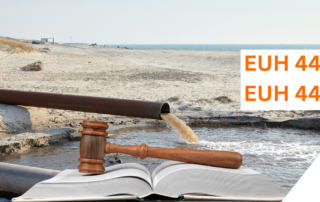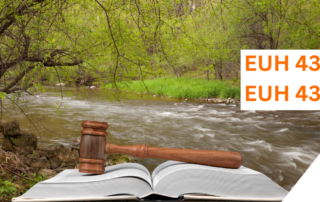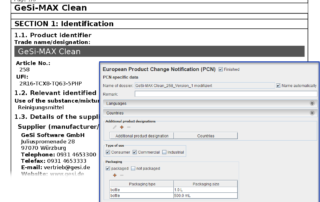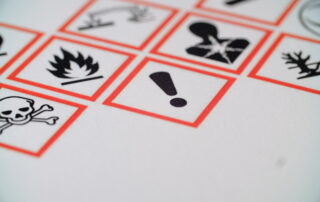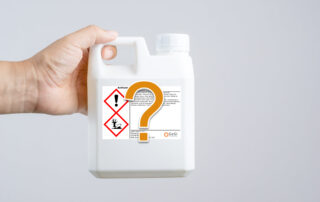New classification PBT and vPvB
There are new classifications in the environmental field that provide a statement about particularly persistent substances since 20.04.2023 in the European Union: PBT and vPvB. The hazard class is called "persistent, bioaccumulative and toxic properties or very persistent and very bioaccumulative properties", or in short: PBT and vPvB properties. To some readers, these two
